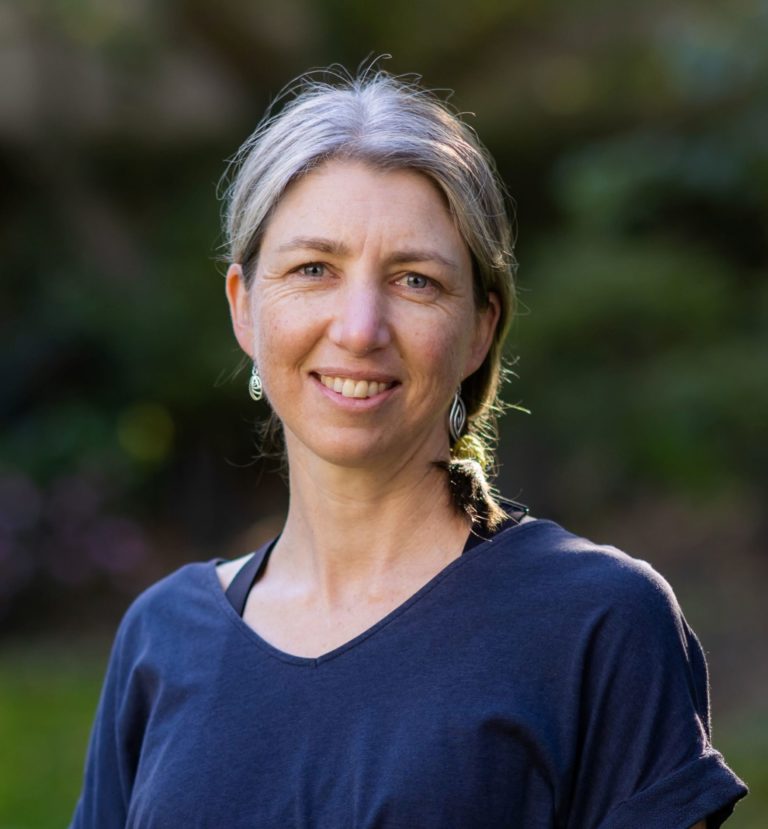For the first time, Australian students are experiencing a NASA program – Growing Beyond Earth.
The STEM educational initiative ties into the Australian curriculum and gives students a unique introduction to gardening through an innovative citizen science program that utilises student research to help identify edible plants suitable for future NASA missions.
Students grow and evaluate multiple edible plants in controlled conditions to test if they meet the criteria to become the space veggies needed to help sustain future astronauts. Currently, visitors to the International Space Station are fed a pre-packaged diet that is frequently resupplied. But with the aim of the NASA Artemis mission to see humans living and working on the Moon by 2030, finding ways to create space gardens that can grow fresh, edible plants is essential.
Is space a travel plan for students of tomorrow?
Dr Kim Johnson is a senior lecturer at La Trobe University, conducting work on growing plants in controlled environments. She is also an investigator in the Australian Research Council (ARC) Centre of Excellence in Plants for Space and collaborates on the NASA Growing Beyond Earth program with Fairchild Tropical Botanic Garden in the United States and Royal Botanic Gardens Victoria in Australia.
She says now is the time for students to begin considering the future of space travel.
“Space has become more accessible than ever with the Artemis missions, new space station, and commercial/private providers,” she told EducationDaily.
“It is a real possibility in their lifetimes and, even if they don’t travel themselves to space, they could be involved in missions in many ways.”

To run the program locally, the Royal Botanic Gardens Victoria is working with the La Trobe Institute for Agriculture and Food, and the Melbourne Archdiocese of Catholic Schools. In 2023, two Victorian schools, Catholic Regional College, Caroline Springs and Mount Lilydale Mercy College have taken part in the pilot program.
Bush foods in space
Although the Growing Beyond Earth has already run for six years in the United States and is now in 350 middle and high schools there, with more than 40,000 participating students and more than 180 varieties of edible plants tested, the Australian influence is evaluating uniquely Indigenous bush foods too. Potential candidates include Carpobrotus rossii (Pigface) and Tetragonia tetragonioides (Warrigal Greens).
With a growing body of evidence showing that student-led, activity-based projects lead to better learning outcomes, the students’ exposure to real-world content has the potential to help them earn better grades and improve their critical thinking and problem-solving skills.
“A key learning is how we need to work with people with different experiences and expertise to solve challenging problems – for example, we need to work with plant biologists to adapt the plants, engineers to make the growth habitats, lawyers to look at policy and ethics, ecologists to understand sustainability/ecosystems, nutritionists to know if the food is healthy and psychologists to know if anyone wants to eat it,” Dr Johnson says.
Nurturing meaningful connections with plants and nature are also important parts of the project. During COVID-19, studies showed indoor plants helped reduce mental stress during isolation. For students, data shows that those in classrooms with a view of nature report lower levels of stress and perform better on concentration tests compared to those in windowless rooms.
The search for sustainable space veggies
For Growing Beyond Earth, students build the “growth habitat” inside a box – roughly the size of a large microwave – fitted with LED lights and sensors. They then plant misome seeds – an all-season leafy green that grows quickly and reliably, both on and off-earth.
The experiments the students conduct include planting the seeds in pots and using growth media that match the NASA Vegetable Production System (Veggie). Growth and water use are carefully monitored, with the students taking notes on everything from plant size and colour to plant fitness to gain an understanding of what plants need, how fast they grow, as well as how much can be recycled and harvested. Determining whether anyone would want to eat it is a critical consideration. Students can then extend their skills to test other plant types in a second experiment.
Benefits beyond the classroom
The influence of the Growing Beyond Earth program on student attitudes to gardens, conservation and food is still being assessed. Researchers say they plan to extend the program to more countries and will continue to track student achievement, career paths and leadership.
So far, surveys suggest Growing Beyond Earth has improved knowledgeability and confidence in STEM career paths.
To date, almost 200 plants have been trialled, with several new candidate plants, including pak choi, cress and kale, already deemed suitable. Dr Johnson says it is important for students to consider what these plants – and their ability to survive in harsh conditions – could mean for the future of mankind.
“The importance is the survival of people off-world,” she told EducationDaily. “Plants are the basis of life because of their ability to capture light and turn it into food so they are essential for sustainable food supply over long periods with minimal resources – but they are adapted for earth so we need to first understand what might happen to them in space.”
“This also has implications for food supply on earth in extreme environments, as well as more sustainable production with fewer resources.”








